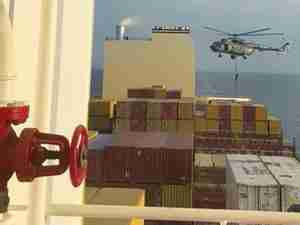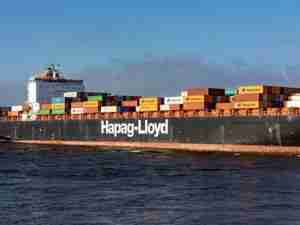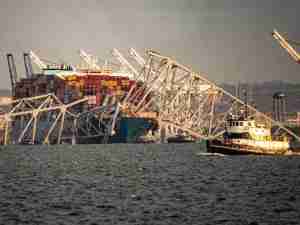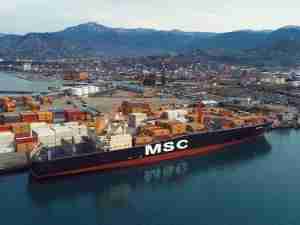Asia-Europe container freight rates drop 20.5 percent
By: Reuters | Nov 16 2014 at 05:29 AM | Liner Shipping
Shipping freight rates for transporting containers from ports in Asia to Northern Europe fell 20.5 percent to $934 per 20-foot container (TEU) in the week ended on Friday, a source with access to data from the Shanghai Containerized Freight Index told Reuters.
It was the largest ever weekly decline on the world’s busiest freight route since the index began recording rates in 2009. A level below $1,000 is widely seen as a loss-making level for container shipping companies.
Container freight rates have so far increased in 12 weeks this year but fallen in 33 weeks.
Maersk Line, the global market leader with nearly 600 container vessels and part of Danish oil and shipping group A.P. Moller-Maersk, last week cut its forecast for global demand in container transportation to grow 3 to 5 percent from a previous 4 to 5 percent expectation.
“It’s difficult for me to see how market conditions could improve for shipping companies since new vessels are still coming to the market from shipyards,” analyst Jacob Pedersen from Sydbank said.
At the end of the third quarter of 2014, the global container vessel fleet amounted to 18 million TEU, an increase of 5.4 percent compared to a year ago.
While 53 vessels corresponding to 367,000 TEU were delivered during the quarter, only 30 vessels with a total capacity of 44,000 TEU were sent for demolition, and idling was as low as 1.2 percent of existing fleet at the end of the quarter.
New orders amounted to around 36 vessels with a capacity of 300,000 TEU, keeping the order book close to 20 percent of the existing fleet. 90 percent of global trade is estimated to be carried by sea.
This week’s fall comes after an 88 percent hike in the index two weeks ago after Maersk said it would increase its rates by $900 when the index was languishing at just under $700 per TEU. Pedersen said he expected such volatility to continue.
“I expects Maersk Line and other big container shipping companies to announce a new round for freight rates hikes in coming weeks,” Pedersen said.









